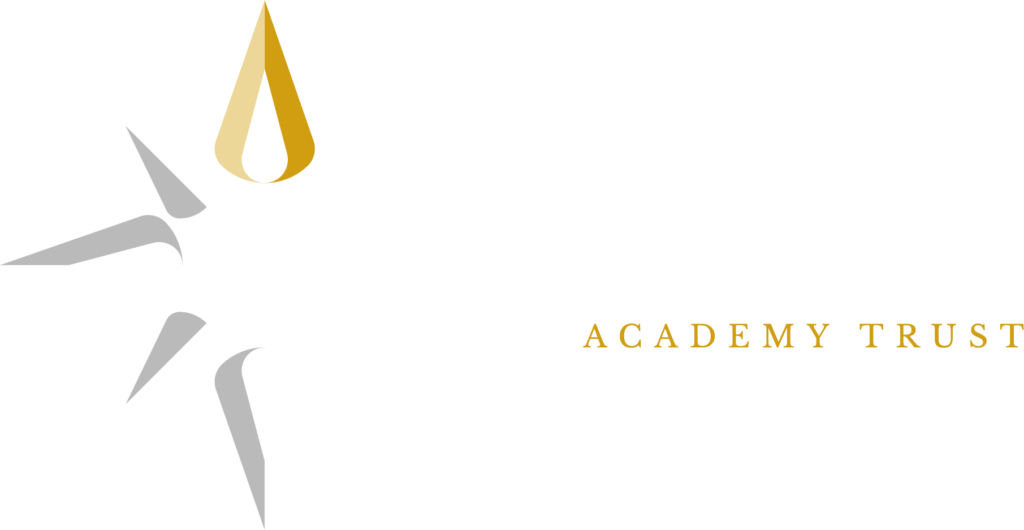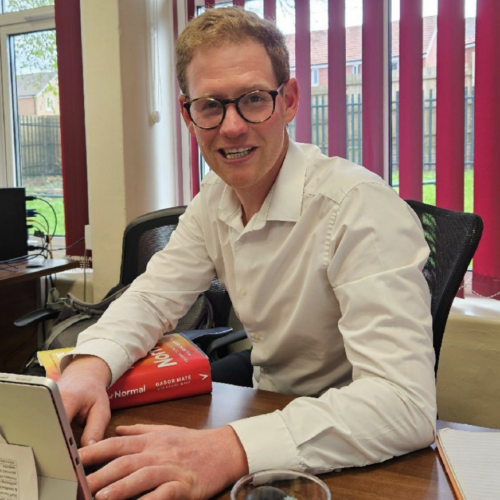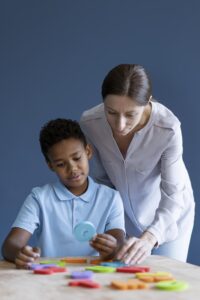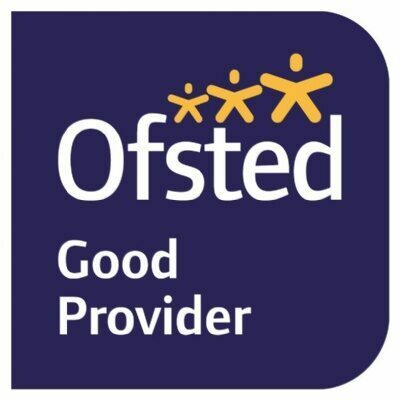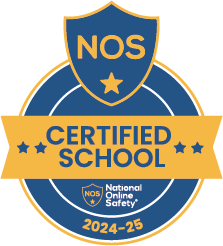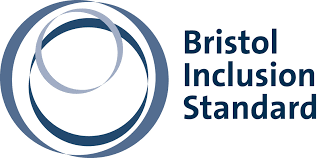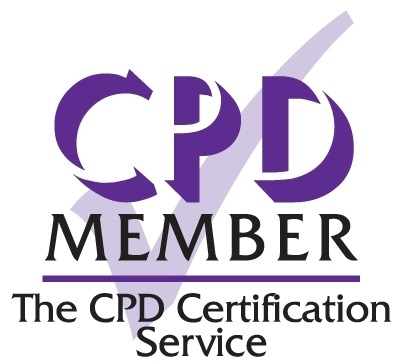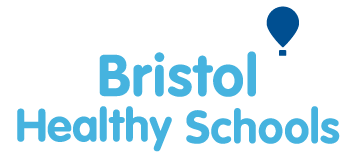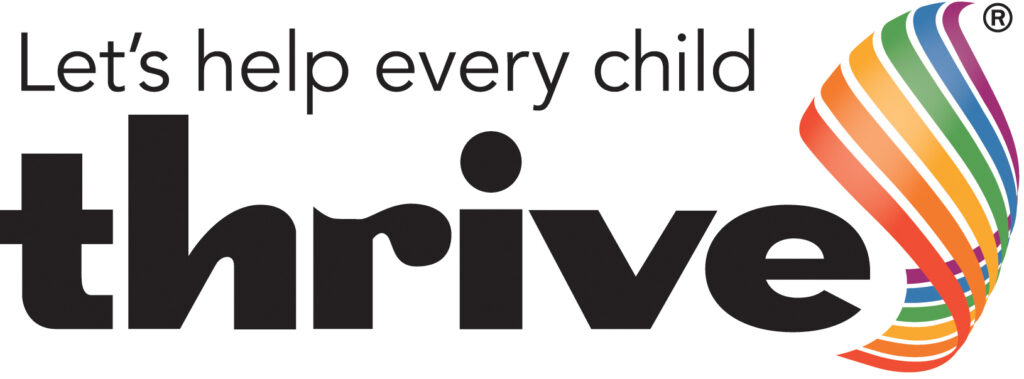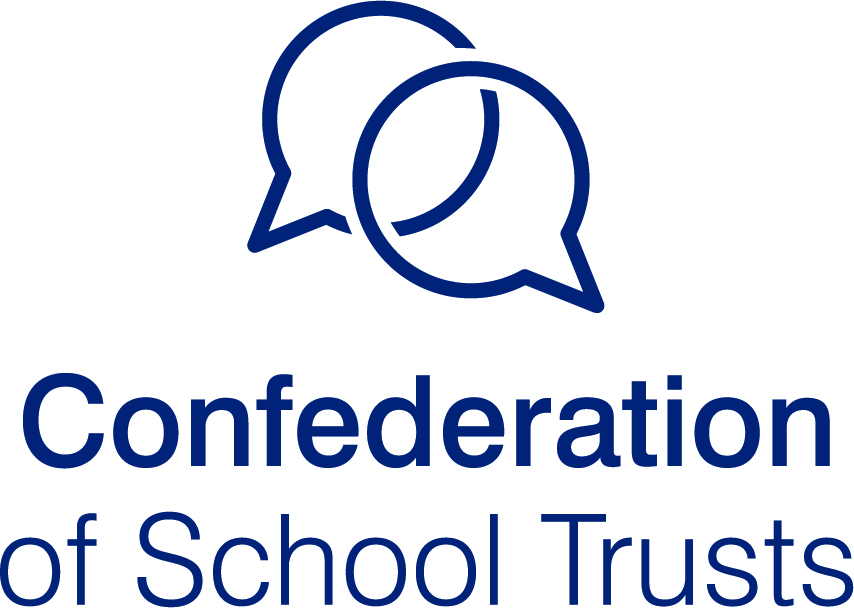North Star Academy Trust’s Project Lead Ollie Benzie explains how educators need to consider a pupil’s past – with a trauma-informed approach – to guide them to a brighter future.
Schools – both mainstream and alternative provision – often have pupils who have experienced trauma in their childhood. From abuse and neglect to family breakdowns, poverty and the longer-term impact of the pandemic and recurrent lockdowns, trauma arises from many different experiences and manifests in many different ways.
With an ever-increasing number of pupils struggling with the effects of trauma whilst at school, many mainstream and specialist settings are looking for alternative practices to provide pupils with support and guidance.
Trauma-informed practice offers a way to provide a nurturing learning environment and is something we here at North Star Academy adopt.
What do we mean by trauma
When we talk about childhood trauma in an education setting, we often refer to the Adverse Childhood Experiences (ACE) study. This study determines significant events which could cause trauma such as the death of a parent, substance misuse in the home, and domestic violence – to name but a few.
It is important to understand the impact that trauma can have on our physical and mental state. Statistics show that, compared to pupils with no ACEs, those who have experienced four or more ACEs are more likely to: be obese (39% compared to 29%), smoke (27% compared to 10%), have a limiting long-term condition (52% compared to 26%), or have cardiovascular disease (21% compared to 14%).
Like with adults, trauma impacts children differently. Some develop coping strategies and mechanisms; some may have a safe and reliable network around them to help them process this trauma; some may have mastered a positive internal dialogue which delays the effects of the trauma until later in life; while others may express their trauma outwardly. We must find ways to support all pupils.
How trauma presents at school
There are many ways trauma will present itself at school and no two children are alike. An early indicator of childhood trauma is the way in which a child relates to their peers. Dr Gabor Maté talks about a ‘big T trauma, and a little t trauma’. A ‘big T trauma’ is about extreme adverse childhood experiences such as death, sexual or physical abuse, and domestic or other violence within the home. Whereas a ‘small t trauma’ might be a parent who is suffering from postnatal depression or similar mental health issues. It’s important to understand that even the ‘little t trauma’ can have a significant impact on a child, especially if they feel a sudden lack of security or adult availability.
Another indicator is consistent poor physical health. If children have experienced – or are experiencing – trauma, it usually has a real knock-on effect on their body as it is in a constant state of fight or flight. We know that if the body has increased levels of adrenaline, and cortisol, over long periods, the immune system will decrease, and appetite will drop or increase too. This may cause them to become noticeably underweight or overweight. As well as the body being less likely to be in that growth and repair state, they will then become ill. This in turn will lead to a downward spiral, they start missing school, they become alienated from their peers and things get worse.
If pupils are experiencing prolonged periods of early childhood trauma, the brain will create neural pathways to their go-to responses of shouting or behaving aggressively when put under pressure.
When considering behaviour and trauma, we have to consider the effect it has on the development of the brain. Prolonged exposure to trauma causes the animalistic part of the brain to become stronger at the detriment of the prefrontal cortex. Having an underdeveloped prefrontal cortex reduces the capability of rational thinking and the ability to comprehend information. For example, if you are a young person who has suffered with prolonged neglect, who has learned that it’s easier just to go straight into shouting and demanding things because that’s how you get your voice heard, that will become your typical behaviour.
School as a safe place
As educators, we must look to the quality of our teaching and the way in which we manage our classroom environment. If a young person doesn’t believe staff can keep them safe, they will struggle to control their own behaviour and become disruptive to their own learning and their peers. Maté talks about peer orientation, and if pupils don’t have an adult to form an attachment to, they will look to their peers to form that attachment. Generally, their peers are not emotionally mature enough to be able to look after each other. They need an adult to provide that sense of safety and security.
There is not a singular clear line as to what trauma-informed practice should look like. It is definitely not a one-size fits all approach. Again, it is important to remember all children are unique. They come to school with different experiences and different levels of stress and coping mechanisms. Our job, as educators and facilitators, is to fully understand and respond to their needs.
All children need a safe and secure environment where they feel a sense of belonging in order to learn and thrive. A trauma-informed approach. Our trauma-informed practice at North Star starts with this clear understanding of every child. We then develop strategies that help them to overcome any challenges, whilst we are very understanding of their complex needs, we still have very high expectations and aspirations for everyone. We discourage poor behaviour and promote and reward good behaviour in many ways.
Equality of opportunity
Just because somebody has experienced significant childhood trauma doesn’t mean they shouldn’t be aiming for A-Levels or equivalent, pursuing university or further education, and be a fully functioning member of society. Educators need to work efficiently, and put those interventions in place early on, so that we can deliver equitable chances for all.
The number one thing we can do is to get better at identifying, protecting and looking after people who have experienced any childhood trauma. To be trauma-informed is to have the know-how to prevent further damage and create pathways to recovery. We need to create a safe and calm school environment for all pupils to feel secure in their surroundings. This is crucial for any child coping with trauma.
All staff, not just the teachers, must provide that level of security and trust. It can take time for this level of trust to build, therefore at North Star, we assign each pupil an Emotionally Available Adult (EAA), this could be a Teacher or Assistant. Their role is to work closely on a one-to-one level to ignite that initial trust. They will observe their pupil from the moment they arrive at the school gates and be aware of any indicators that suggest de-regulation or poor mood or behaviour and intervene accordingly. Trust is essential if we want to help them overcome their challenges and remove any developmental barriers.
Early intervention and clear boundaries
At North Star we believe in early intervention – the earlier the better. We all go the extra mile every day, but never more so than during our September intakes. This frontload approach helps us to establish relationships and routines that will benefit us all, but especially our pupils. We firmly believe that if you set very high expectations and clear, consistent boundaries with everybody from the start, then your efforts pay dividends in time. If you have routine systems in place, early on in a school year, pupils will follow those throughout the academic year.
We have noticed that when pupils believe that the staff member is ‘in charge’, they are more open to discussing and resolving their problems. We pay attention to the small details, and make sure that we always follow up if a young person says, “I’m frustrated with this”, or “They’re making me cross, this isn’t okay”. We enable them to talk about their feelings and help them find appropriate and effective resolutions.
Behaviour = communication
Behaviour is one of the ways we communicate, often in response to stimuli around us. If a pupil has had traumatic experiences in the past, then their learnt behaviour may challenge our expectations and could be what is considered as poor behaviour. For example, a pupil who is experiencing domestic violence may become hyper vigilant, and may present as not paying attention. An educator may sit this child next at the front of the class to help them engage with the learning. Unfortunately, this could have the opposite effect as it increases their need to turn around and makes it even harder to focus on their work.
It is important to understand trauma-informed practice doesn’t condone poor behaviour. It doesn’t say carry on hitting the teacher, carry on smashing the chair. What it says is, we understand why this is happening and we will help you deal with it. Once everyone is safe we will figure out what the problem is. This can take a very long time and there needs to be secure attachments for it to happen. Sometimes young people may never be able to understand the root of their behaviour but they can learn to manage it.
Education as a solution, not part of the problem
There is no way to stop the fact that pupils will experience traumatic events in their life, but what we need to do is have those safety nets in place to hold and protect pupils when it does happen. Education must always be a solution and not another complication adding to the mix. Therefore, the provision needs to be effective – it needs to meet the needs of every young person regardless of their background and experiences. How we get there is never plain sailing and there is no ‘one-size-fits all’ solution.
As far as education is concerned, there needs to be the resources and infrastructure in place. We also need to look at teacher training modules and ask ourselves why specialist education isn’t a compulsory module, particularly in lieu of the alarming rise in children presenting with complex needs. Outside of education we really need to look at early intervention support on a wider level – and work out the cost to society further down the line, if there is no intervention.
Mental health services are overwhelmed with increasing waiting lists in many areas of the country. If we can work together with a common goal of improving the life-chances for our most vulnerable children – and take a trauma-informed approach – I believe that we will all be better off, as individuals, as schools, families, communities and society.
Find out more about how North Star Academy can help your child or pupil at the Academy, or in their existing school by contacting us today.
